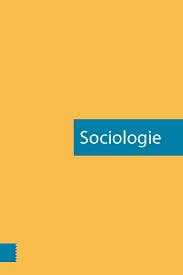Abstract
Several scholars have argued that the relation between social and cultural hierarchy has less to do with cultural objects as such – what people consume: high or low/popular culture – and more with their ‘modes of consumption’ – how they (say they) consume and evaluate art: by applying a ‘pure’ or ‘popular’ aesthetic repertoire. To both support and nuance this thesis, this article, based on in-depth interviews with ninety Dutch people, scrutinises in detail which aesthetic criteria individuals use, and how, when speaking about their likes and dislikes within several cultural fields. It shows that ‘pure’ aesthetic criteria are indeed used more often by the well-educated than by the less-educated, but that ‘popular’ aesthetic criteria are used by both educational groups about as much. It can be argued that this makes the well-educated more ‘omnivorous’ in their use of aesthetic repertoires.
How to Cite:
van den Haak, M., (2018) “Esthetische omnivoren Een vergelijking tussen hoog- en laagopgeleiden in het gebruik van esthetische repertoires”, Sociologie 14(2-3), 97–117. doi: https://doi.org/10.5117/SOC2018.2/3.003.HAAK
Downloads:
Download PDF
View PDF
632 Views
114 Downloads

